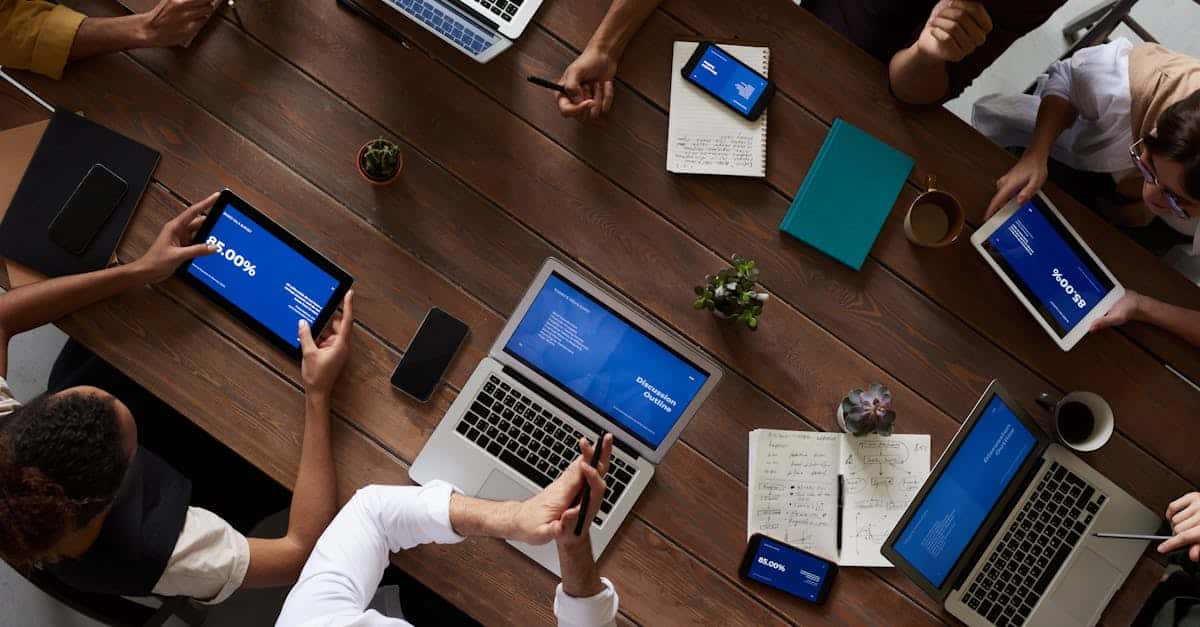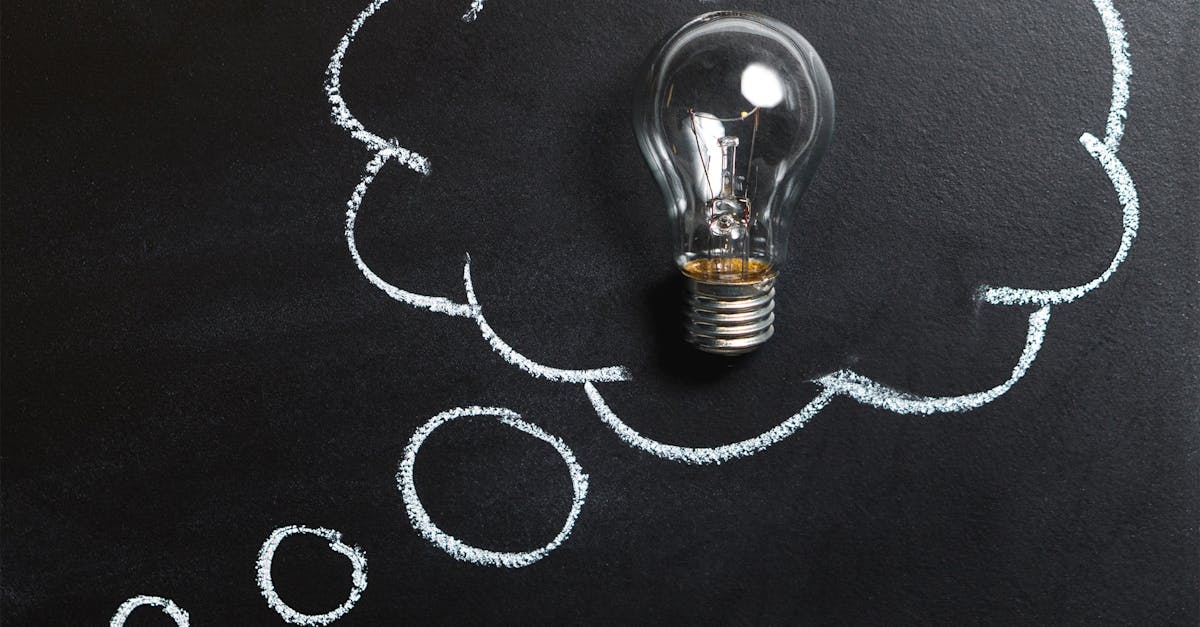The success of a brainstorming session relies not only on the quality of the ideas generated but also on the psychological mechanisms that guide creative thinking. Group dynamics, interactions among participants, and the ability to overcome mental blocks are essential for creating an environment conducive to innovation. By delving into the psychological foundations of this process, it becomes possible to understand how to promote spontaneity and encourage the emergence of original ideas. Attitudes, motivation, and emotional management play a key role in activating the creative abilities of each participant, making brainstorming much more than just a simple idea generation exercise.
🔥 Nous recommandons Ideamap
Ideamap est l’outil idéal pour un brainstorming ou un projet collaboratif. Grâce son interface facile et à ses fonctions IA, Ideamap booste votre créativité tout en favorisant une meilleure organisation de vos idées pour atteindre vos objectifs.

Brainstorming is a widely used creative method for generating innovative ideas and solving complex problems. However, for this technique to be truly effective, it is crucial to understand the underlying psychology. Indeed, the psychological context of a brainstorming session plays a determining role in the productivity and quality of the ideas generated.
First of all, one of the fundamental principles of effective brainstorming is to prioritize the quantity of ideas over quality. This paradox appears in many psychological studies, which show that by allowing participants to let go and express themselves freely, the chances of arriving at creative suggestions increase. By removing criticism and judgments during the idea generation phase, the atmosphere becomes conducive to innovation. This creates an environment where everyone feels comfortable enough to share their thoughts, even the most outlandish, which can often lead to unexpected and valuable conclusions.
Additionally, encouraging spontaneity is essential. Creativity is often influenced by the ability to break free from conventional thinking and explore original paths. This can be achieved through techniques such as lateral thinking, which encourages approaching a problem from different angles, launching unconventional ideas, and breaking away from habitual thought patterns. These psychological mechanisms favor the emergence of unexpected ideas that bring real benefits in the development of innovative solutions.
Another crucial aspect is the diversity of participants in the brainstorming session. Every group consists of individuals with varied backgrounds, experiences, and perspectives. This cognitive diversity enriches the process as it allows approaching the problem holistically. Studies have shown that when members from different backgrounds collaborate, the synergy produced fosters the crossing of ideas, thereby stimulating innovation. To optimize this dimension, it can be wise to organize an inclusive brainstorming session where every voice counts, regardless of the hierarchical level.
It is also important to respond to the emotional needs of participants. Intrinsic motivation plays a key role during brainstorming. Individuals motivated by personal interest or passion for the topic often demonstrate greater creativity. To overcome potential mental blocks, brainstorming facilitators can introduce self-motivation techniques and positive reinforcement, such as setting clear and precise goals, to create a mindset conducive to creativity.
Finally, the evaluation and follow-up of generated ideas should not be overlooked. Proper management of the post-brainstorming phase is necessary to maintain interest and momentum from the initial ideas. The goal is to transform this wave of inspiration into concrete actions that will help achieve the set objectives. Neglecting this aspect can lead to frustration and demotivation among participants. For a structured approach, you can refer to resources such as the key steps to successful brainstorming.
In summary, the psychology behind a successful brainstorming session depends on many factors, ranging from encouraging creativity, emotional management, to bringing together diverse viewpoints. By integrating these elements, brainstorming sessions can transform into true engines of innovation, fueling a virtuous circle of creativity and collaboration.

FAQ: The Psychology Behind a Successful Brainstorming Session
What is brainstorming? Brainstorming is a participatory problem-solving method aimed at generating the maximum number of ideas from the creativity of participants.
Why is it important to foster the quantity of ideas? By prioritizing quantity over quality, you allow a range of varied ideas to emerge, increasing the chances of arriving at innovative solutions.
How to avoid criticism during a brainstorming session? By establishing an atmosphere where judgments are set aside, participants will feel more comfortable sharing their ideas without fear of criticism.
What is the importance of participant diversity? Mixing different hierarchical levels and perspectives enriches discussions and brings new and creative ideas.
What doubts might one have about the effectiveness of brainstorming? Some studies suggest that brainstorming can be ineffective, but by applying the right techniques, it can generate satisfactory results.
How to ensure effective motivation during a session? By engaging participants in the process and showing them the impact of their contributions, you can strengthen their sense of responsibility and commitment.
How to present the results of a brainstorming session? It is crucial to create a summary of the generated ideas, classifying and synthesizing them to facilitate their use by the team.
What techniques can stimulate creativity? Methods such as lateral thinking, role-playing games, or mind mapping can be helpful to liberate the mind and promote original ideas.
What are the key phases of a successful brainstorming session? The phases include preparation, idea generation, classification, and selection of the most relevant proposals.














